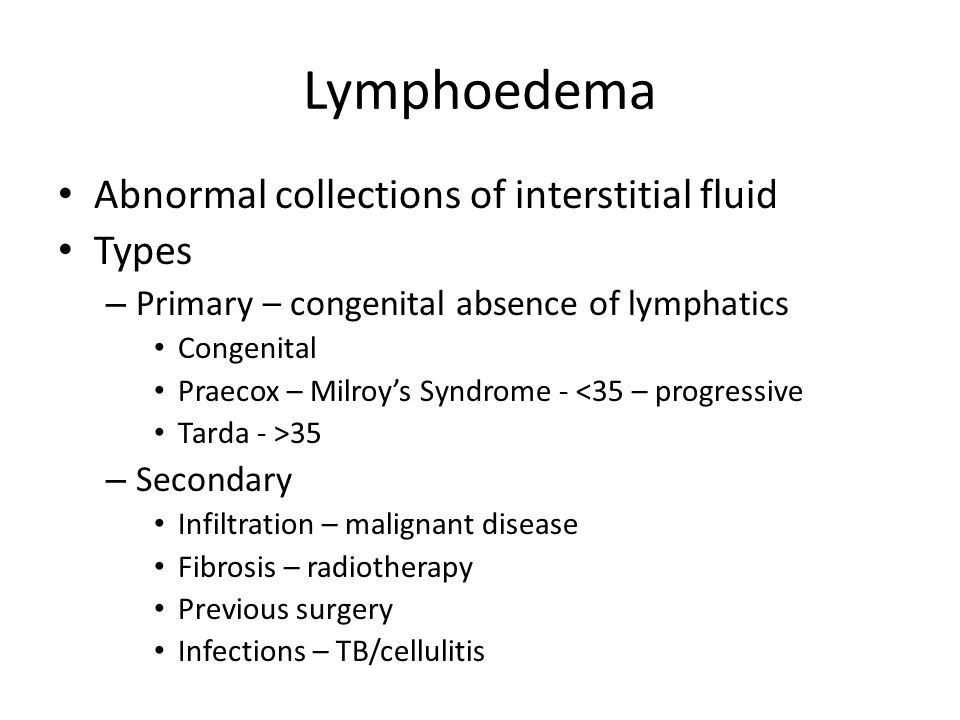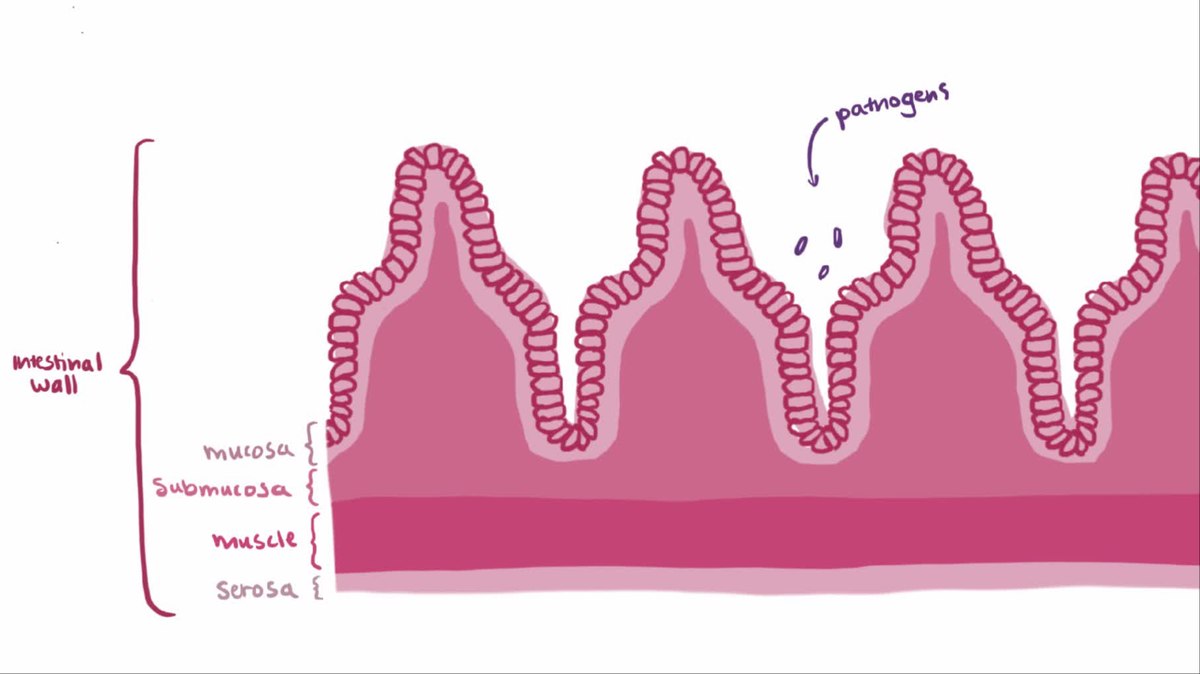

Crohn 's Disease Forum. Milroy's Disease. I'm planning to add in more probiotic foods to my diet and was thinking about trying kefir but I guess I'll have to.
Contents • • • • • • • • Presentation [ ] The most common presentation of Milroy Disease is bilateral lower extremity, and may also be accompanied. Genetics [ ] This disease is more common in women and an association with the gene has been described. FLT4 codes for, which is implicated in development of the lymphatic system. Milroy's disease is also known as primary or hereditary lymphedema type 1A or early onset lymphedema. It is a very rare disease with only about 200 cases reported in the medical literature. Milroy's disease is an condition caused by a mutation in the gene which encodes of the vascular endothelial growth factor receptor 3 () gene located on the long arm (q) on chromosome 5 (5q35.3).
In contrast to Milroy's disease (early onset lymphedema type 1A,) which typically has its onset of swelling and edema at birth or during early infancy, type II, known as, has its onset around the time of puberty. Meige disease is also an autosomal dominant disease.
It has been linked to a mutations in the ‘forkhead’ family transcription factor () gene located on the long arm of chromosome 16 (16q24.3). About 2000 cases have been identified. A third type of hereditary lymphedema, that has an onset after the age of 35 is known as lymph-edema tarda. Diagnosis [ ]. • James, William D.; Berger, Timothy G.; et al. Andrews' Diseases of the Skin: clinical Dermatology. Saunders Elsevier.
• David Lowell Strayer; Raphael Rubin (2007). Rubin's Pathology: Clinicopathologic Foundations of Medicine (5th ed.). Hagerstwon, MD: Lippincott Williams & Wilkins.. • Rapini, Ronald P.; Bolognia, Jean L.; Jorizzo, Joseph L. Dermatology: 2-Volume Set.
Louis: Mosby Crack De Patrician 3 Pc. .. An undescribed variety of hereditary edema. New York Medical Journal, 1892, 56: 505-508.
United States Library of Medicine. Retrieved March 2014. Check date values in: access-date= () • Spiegel R, Ghalamkarpour A, Daniel-Spiegel E, Vikkula M, Shalev SA (2006). 'Wide clinical spectrum in a family with hereditary lymphedema type I due to a novel missense mutation in VEGFR3'.
Journal of Human Genetics. 51 (10): 846–50... Retrieved Sep 2016. Check date values in: access-date= () • • Rockson, Stanley G. Annals of the New York Academy of Sciences.
1207: E2–E6... External links [ ] •.
When a genetic disorder is diagnosed in a family, family members often want to know the likelihood that they or their children will develop the condition. This can be difficult to predict in some cases because many factors influence a person’s chances of developing a genetic condition. One important factor is how the condition is inherited.
Milroy disease is inherited in an autosomal dominant manner. Most individuals diagnosed with Milroy disease have an affected parent. However, some people with a disease-causing mutation never develop any health problems ( reduced penetrance) or may experience only mild symptoms ( variable expressivity) of the disorder. Estimating the chance of developing or passing on a genetic disorder can be complex. Haynes Repair Manual Ex250. Genetics professionals can help people understand these chances and help them make informed decisions about their health. Milroy disease is inherited in an manner.
This means that having one changed (mutated) copy of the responsible gene in each cell is enough to cause symptoms of the condition. When a person with an autosomal dominant condition has children, each child has a 50% (1 in 2) chance to inherit the mutated copy of the gene. Most people with Milroy disease have an affected parent, but some cases are due to new mutations that occur for the first time in the affected person. About 10-15% of people with a mutation in the responsible gene do not develop features of the condition. This phenomenon is called. Penetrance refers to the proportion of people with a particular genetic change (such as a mutation in a specific gene) who exhibit signs and symptoms of a genetic disorder. If some people with the mutation do not develop features of the disorder, the condition is said to have reduced (or incomplete) penetrance.
Reduced penetrance probably results from a combination of genetic, environmental, and lifestyle factors, many of which are unknown. This phenomenon can make it challenging for genetics professionals to interpret a person’s family medical history and predict the risk of passing a genetic condition to future generations. Although some genetic disorders exhibit little variation, most have signs and symptoms that differ among affected individuals. Variable expressivity refers to the range of signs and symptoms that can occur in different people with the same genetic condition. As with reduced penetrance, variable expressivity is probably caused by a combination of genetic, environmental, and lifestyle factors, most of which have not been identified. If a genetic condition has highly variable signs and symptoms, it may be challenging to diagnose.